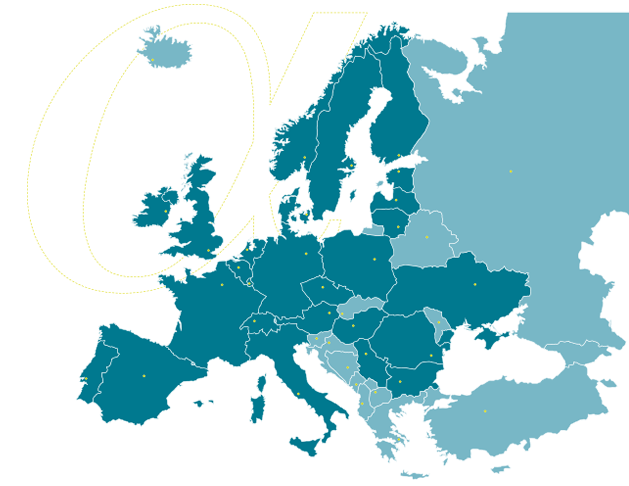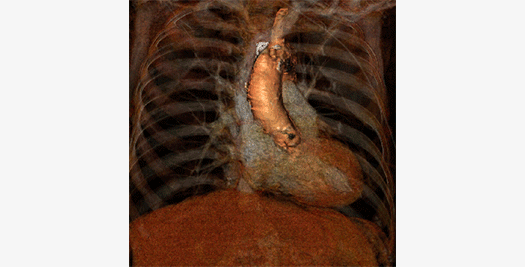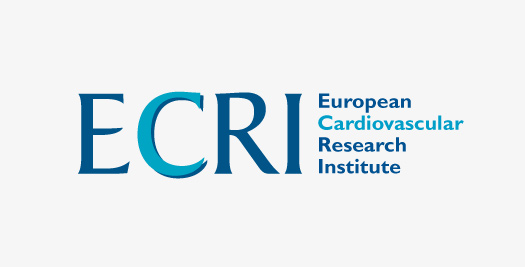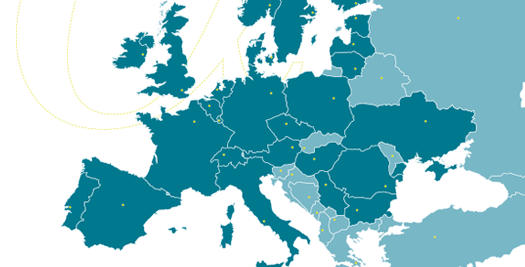Clinical monitoring and site management

In all clinical studies, monitoring visits have to be conducted at the participating sites to ensure adherence to the protocol and compliance with the most stringent of applicable regulations and guidelines. The frequency and type of monitoring visits depend on the phase of the study, its complexity and associated risk, the duration of treatment, and the rate of patient enrollment. The percentage of source document verification is usually risk-based, taking regulatory guidance as a basis.
Cardialysis operates in virtually all Western and Eastern European countries through its network of local monitors. With over 1400 clinical sites in our database, Cardialysis has access to a large part of the clinical study population in the world. Cardialysis works with in-house (Lead) Clinical Research Associates (CRAs) and local monitors in the field. We have a network of monitors in each individual European country. These local monitors work according to Cardialysis SOPs and Cardialysis train them on a regular basis. In the case Cardialysis outsources monitoring capacity to one of their trusted partners, either Cardialysis SOPs are used or SOPs are put side-by-side to assure seamless collaboration in collecting all data as needed to achieve the purpose.
Regulatory Submission
With representation and experience in Europe, Cardialysis offers submissions of clinical studies to national Competent Authorities and central and local IRBs for your clinical development programme. Our experience will help give the sponsor a clear estimation of lead times for a realistic planning of their clinical development objectives.
Site Management
General site management covers all site management activities outside the scope of the on-site monitoring visits e.g., responding to questions from the sites, assisting with study-specific procedures, obtaining signatures, doing site performance counts, reminding sites about queries to be answered, follow-up visits to be planned and study deadlines, and sending updated documents to sites for filing in the Investigator Site File.
Cardialysis offers four types of on-site monitoring visits:
Pre-study Visit
Pre-study visits or telephone calls are made to ensure that the participating sites meet the trial-specific requirements and Good Clinical Practice (GCP) guidelines. This initial contact is also important for establishing good site collaboration and for risk mitigation and detecting and solving any problems in early.
Initiation Visit
A well-organized initiation visit to a qualified site results in greater compliance of the investigator and staff and helps to ensure a successful trial program. Cardialysis offers the advantage of a long-term relationship with many investigators; a large number of sites are already familiar with Cardialysis procedures.
Monitoring Visit
Although the costs of monitoring are considerable in every clinical trial, good monitoring helps to reduce costs elsewhere. Consider reduction of the number of edit queries, improvement of the total quality of the data, and increased percentage of patients completing the trial.
Close-out Visit
In a close-out visit, the Cardialysis CRA visits the site to ensure the completeness of the Investigator Site File and all trial documents, including the regulatory documents. It is the responsibility of the local monitor to ensure that all edit queries are solved and all data is complete before performing the close-out visit.




